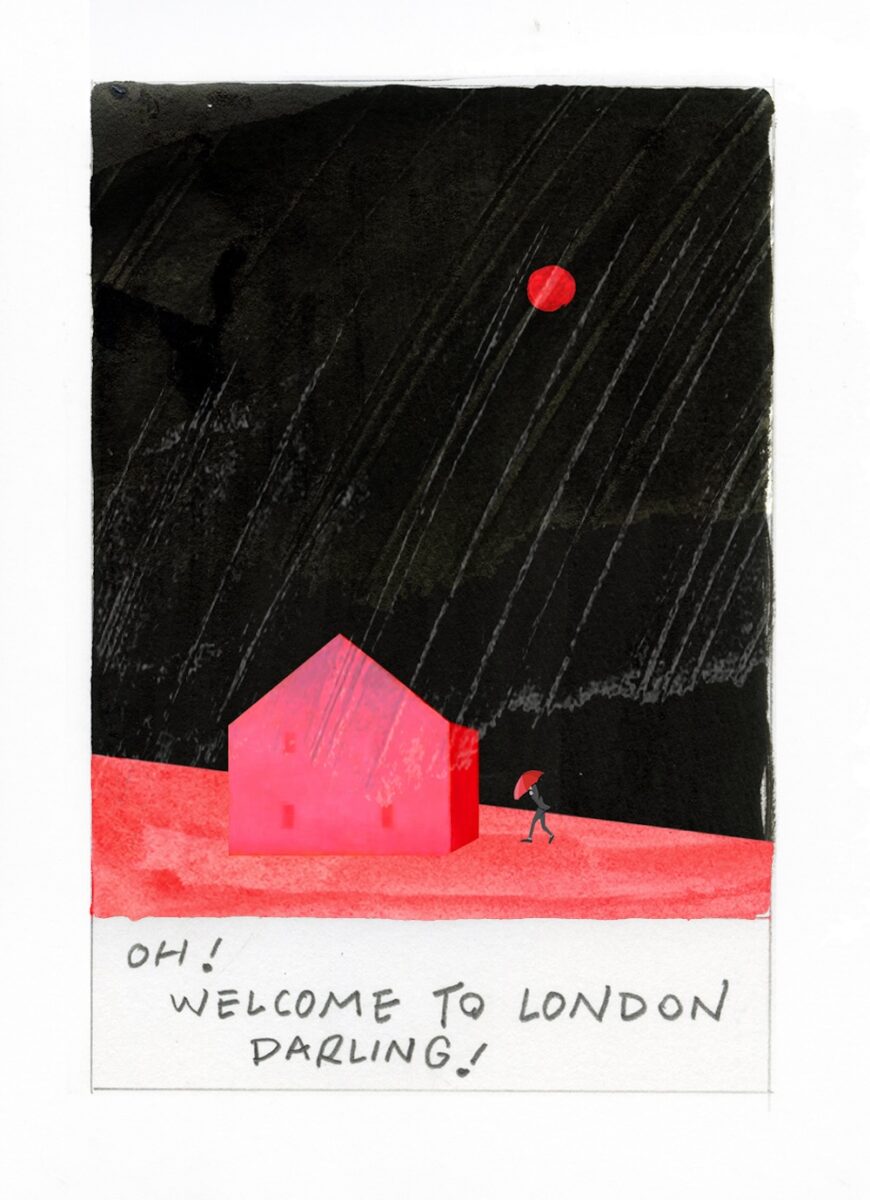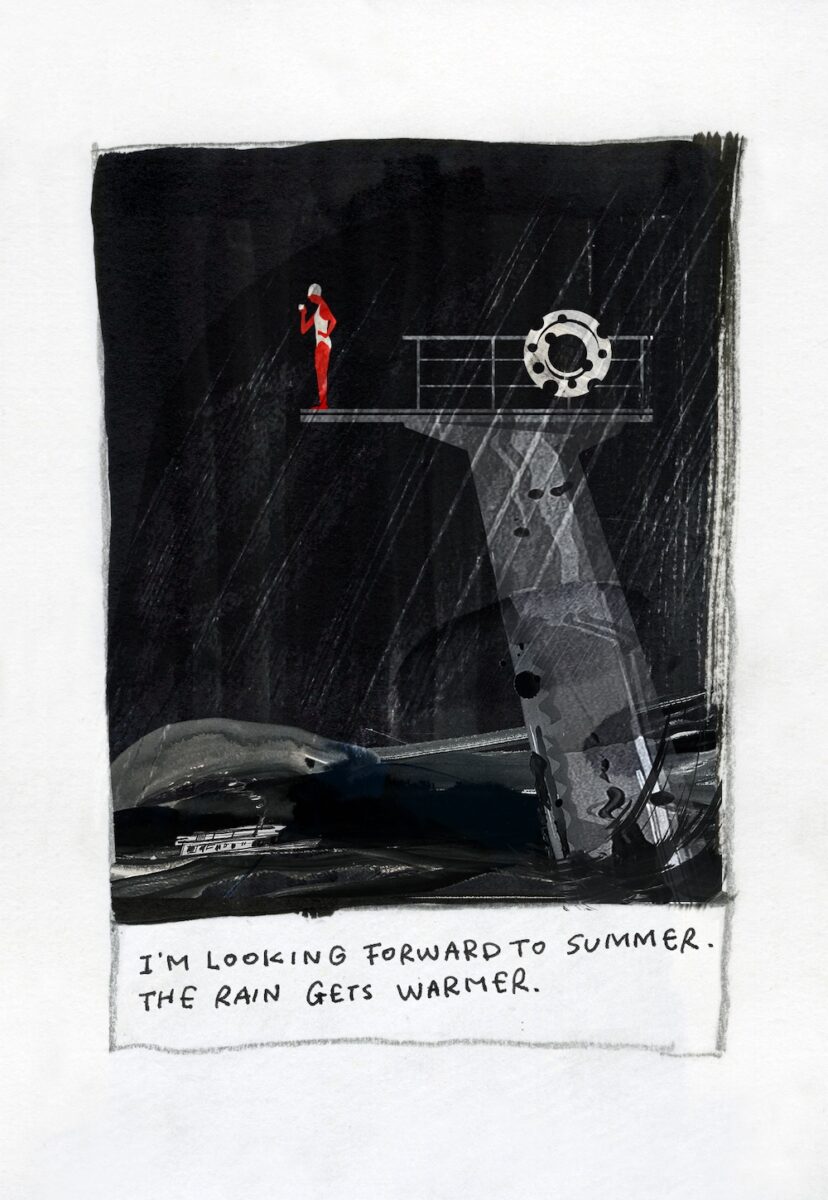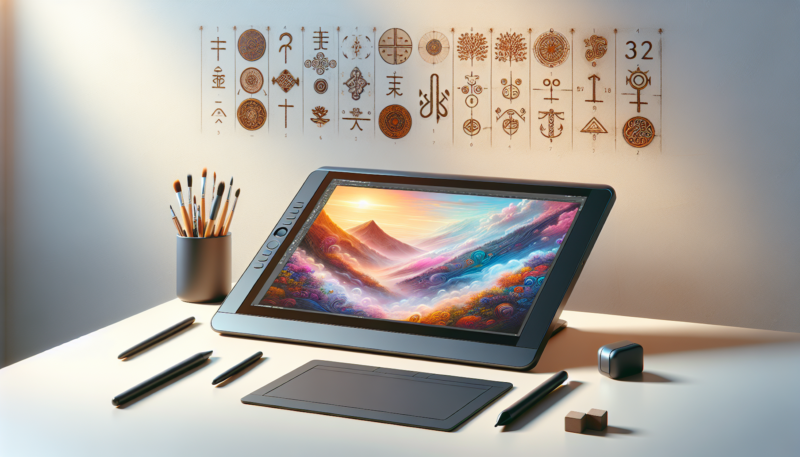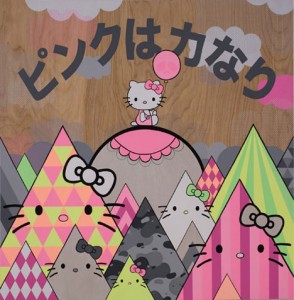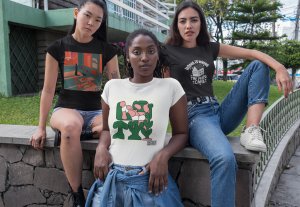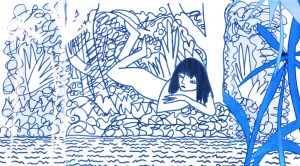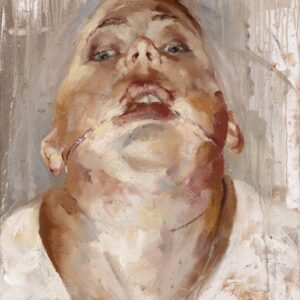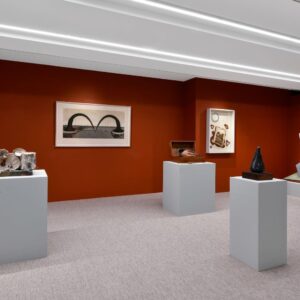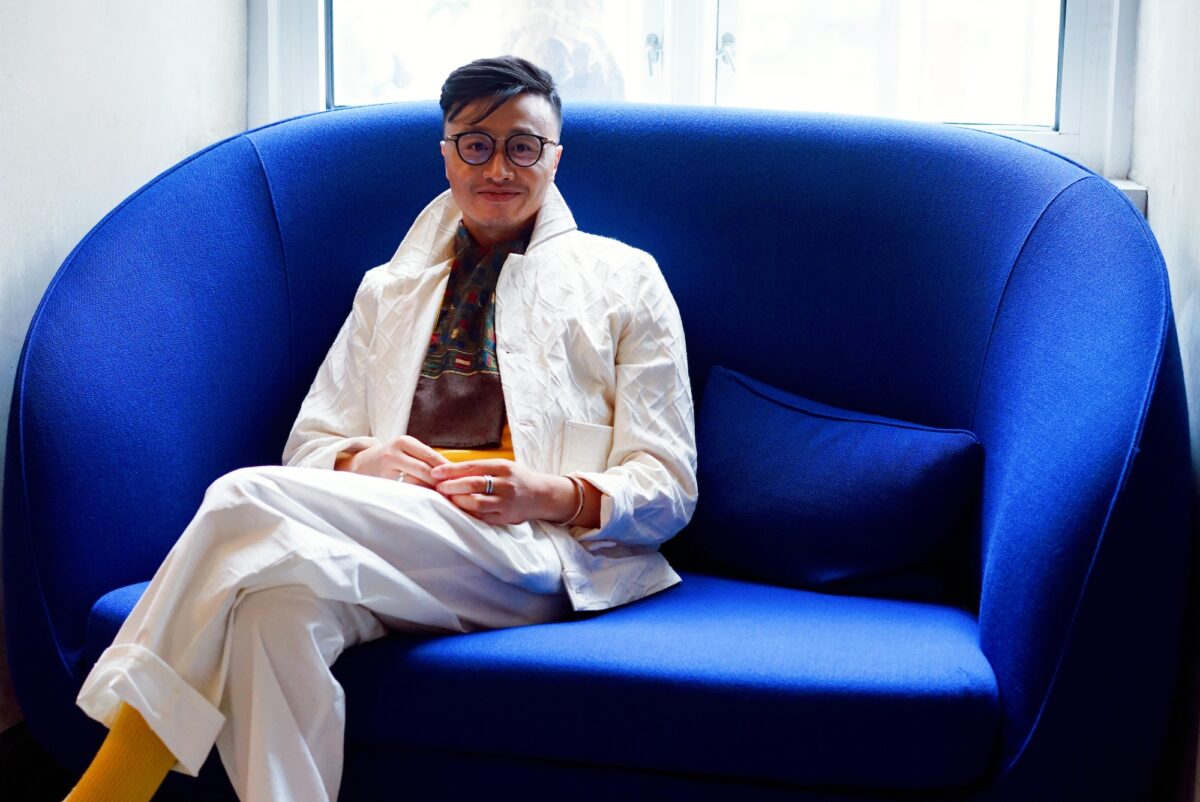
Who says you need a multitude of colours, complicated drawings or advanced technologies to create breathtaking illustrations? Certainly not Zhanjiang Liu, a Chinese-born, London-based illustrator and printmaker who specialises in visual narratives, comics and editorial illustration. He masterfully applies traditional drawing and printmaking techniques to achieve artistic freedom on paper. Through a harmonious blend of charcoal, graphite, ink, coloured pencil, and watercolour, Zhanjiang conveys emotions and tells stories with remarkable sensitivity. His distinctive style is celebrated for its emphasis on pencil work, volume, texture, and metaphor, allowing him to explore deeply emotional themes with empathy. He elevates his art by seamlessly blending characters and scenes, creating drawings that burst with chaotic energy while capturing the highs and lows of everyday life.In recent years, compelling illustrations have found their place in institutional books and magazines, cementing his reputation as a unique voice in the world of visual storytelling.
When I came across Zhanjiang’s work online I was quickly hooked by his easy observational sketches, which strike a perfect balance between laid back and thoughtful intention. Drawing is at the centre of his practice and offers constant reflection and deeper understanding of the world around him. Zhanjiang’ illustrations are immediately recognisable for their simplicity, chaotic intensity, humour, irony, and introspection. Each piece is infused with his signature wit and creative ingenuity, as he experiments with form, materials, and perspective. His bold use of black and red, combined with experimental compositions, creates vague impressions of places rather than realistic depictions of specific settings. This expressive, free-form approach enables him to inject his illustrations with his personal emotions towards the events or locations he portrays.
“A lot of ideas spark from words,”
Zhanjiang explains
“As an immigrant, I find the structure of languages endlessly fascinating. It’s just like creating images—you decide what to include, what to leave out, and how the elements are arranged.”
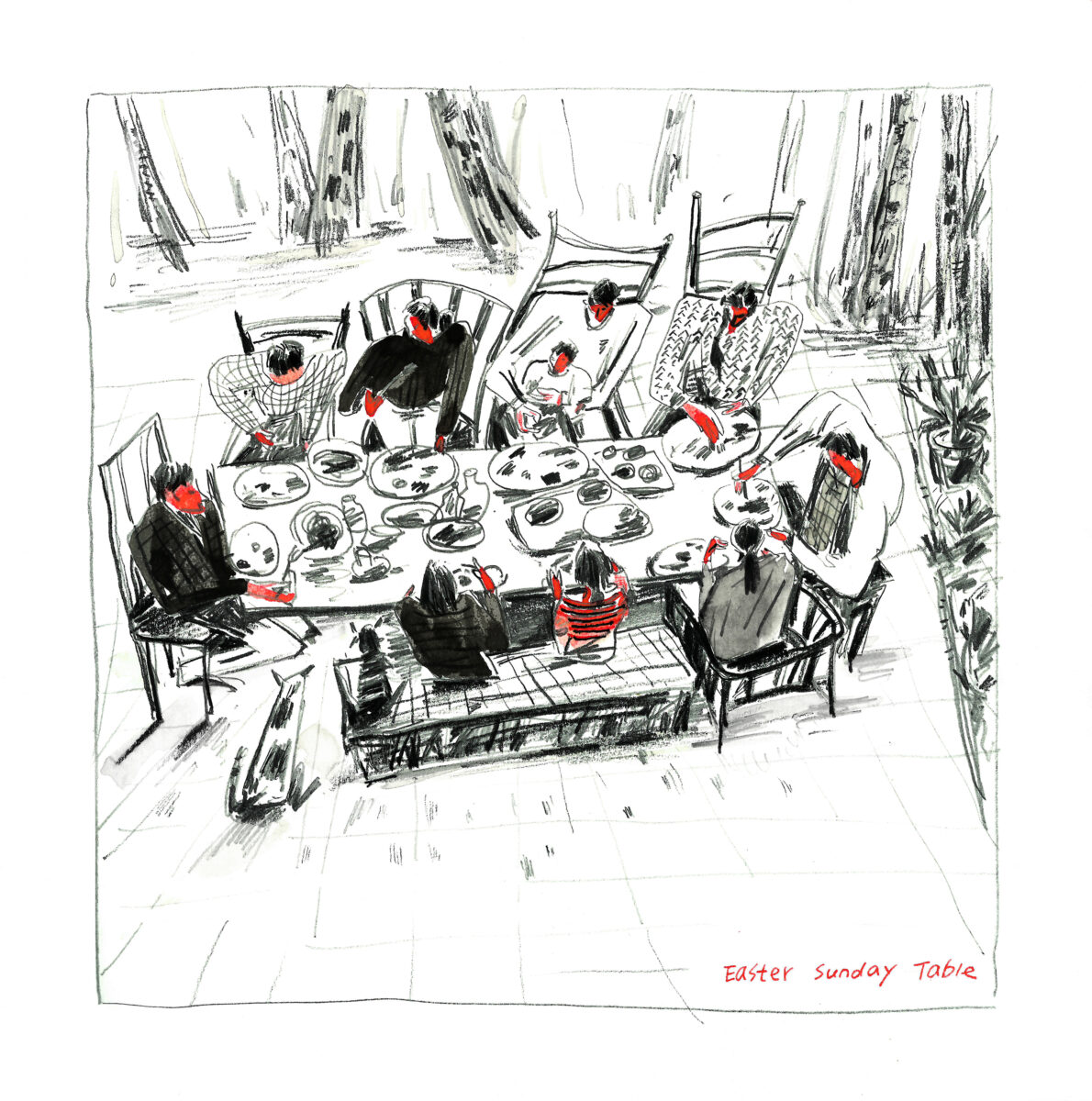
Zhanjiang’s artistic journey began with evening classes led by a local artist in his hometown, and frankly, he hasn’t looked back since. After initially studying communication design in China, he pursued an MA in illustration in London, following a decade-long career as an art director in Beijing. Through years cultivated persona, he connects with people through his sharp wit, His work often challenges preconceived notions, encouraging reflection while also delivering moments of laughter. Early training in sketching with charcoal and graphite occasionally finds its way into his pieces, almost instinctively. Yet, Zhanjiang actively resists falling into habitual patterns of drawing, as he constantly seeks challenges and fresh creative possibilities to push the boundaries of his art.
Intuition serves as the cornerstone of Zhanjiang’s creative process. His ideas inspired by fleeting moments, thoughts, emotions and social issues we encounter in everyday life. The confidence he demonstrates in his striking and dynamic drawings allows him to experiment with various unconventional forms and shapes and, in turn, rendering his work all the more memorable.
“ Lots of my work is very emotional,”
the artist admits.
“I want my work to function like a language; like when you encounter something that affirms an idea or feeling you couldn’t quite put into words. That’s what I admire in others’ work: when you see something and think, yes, that’s it! That’s exactly what I was feeling but couldn’t express! ”
By trusting hisinstincts, Zhanjiang achieves the expressive freedom to infuse his drawings with his
personal perspectives and sentiments about the places and themes he portrays. Zhanjiang’s work is marked by his consistent engagement with the core themes such as identity, family, fear, uncertainty, and glimpses of optimism. These ideas are intricately woven through his body of work, crafting an insightful narrative that balances sharp social commentary with a touch of humour, revealing both the imperfections and beauty of the world.
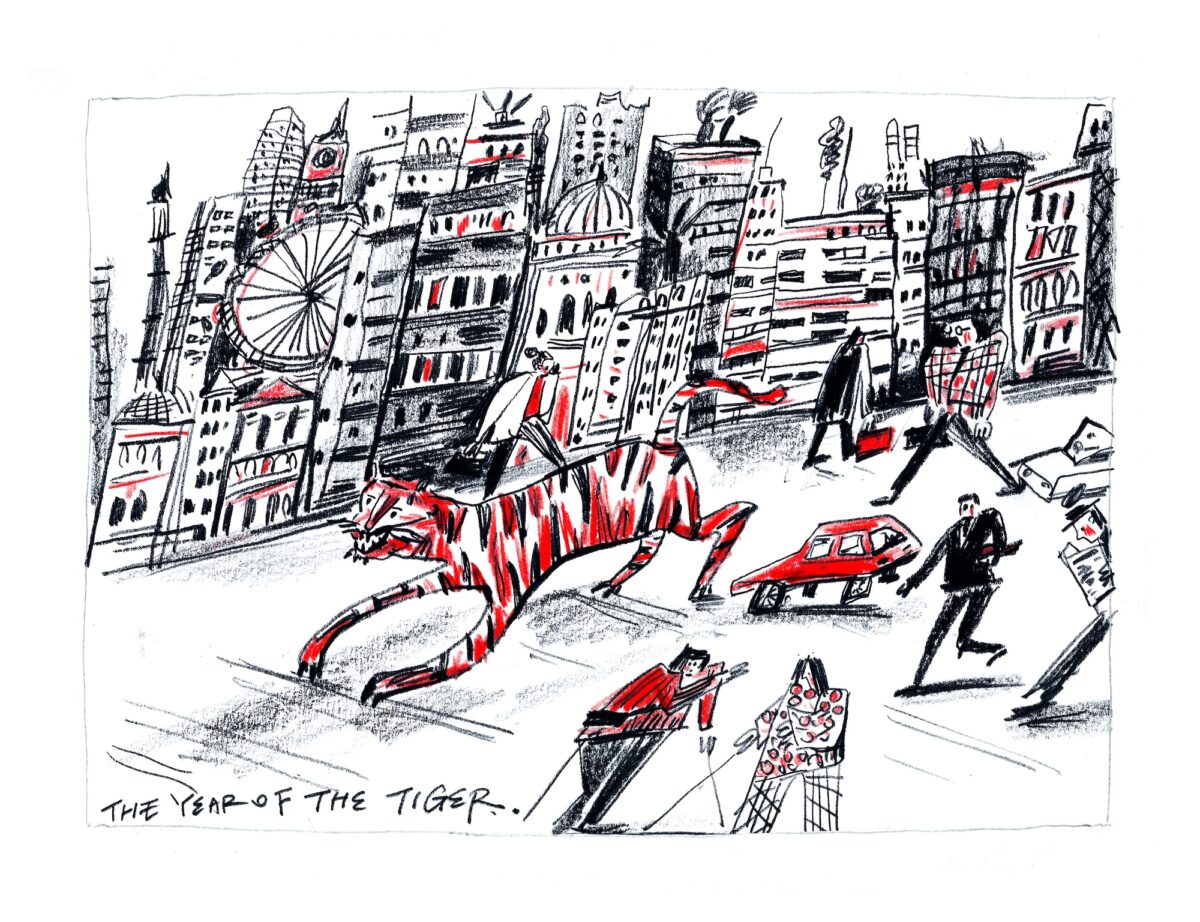
Zhanjiang’s work serves as a vivid documentation of life, capturing everything from ordinary daily moments to more significant moments. It offers a reflective lens on the past, a celebration of the present, and a hopeful vision for a better future.
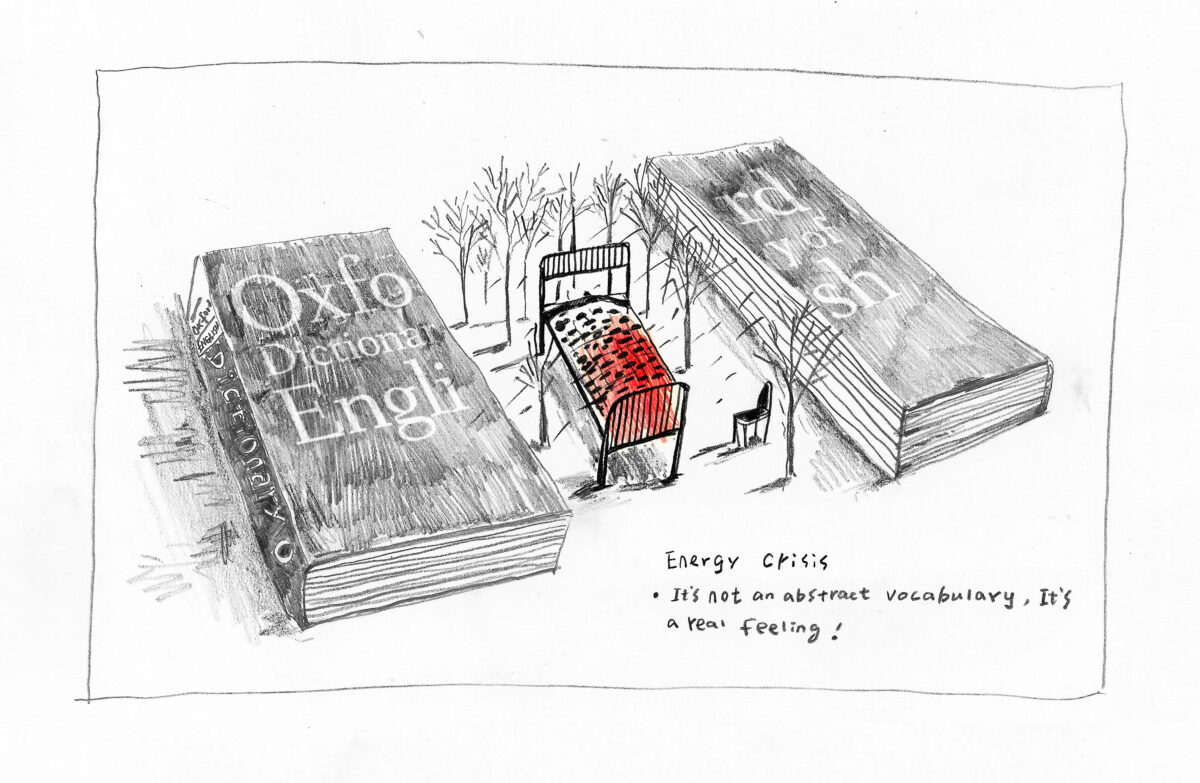
These creations have humble beginnings in Zhanjiang’s sketchbooks, where he begins with pencil sketches. He allows the experimental phase to unfold until he’s satisfied with certain drawings, at which point he transitions to ink before finalising his favourite pieces on paper. “I love how sketchbook work can often look better than a final product—more expressive, more mistakes,” artist reflects. There is a distinct charm in both the simplicity of his creative process and the polished final result – an aspect Zhanjiang deeply values. “I allow my emotions to flow freely into my drawings, finding beauty in the simplicity of the forms, the precision of the compositions, and the expressiveness of the lines.” he explains. “I try to make each of my illustrations carry humour and beauty.” Through his immensely personal illustrations, Zhanjiang is able to capture narratives that evoke either a singular emotion or a fragment of a larger story, allowing his audience to connect with his work on multiple levels.
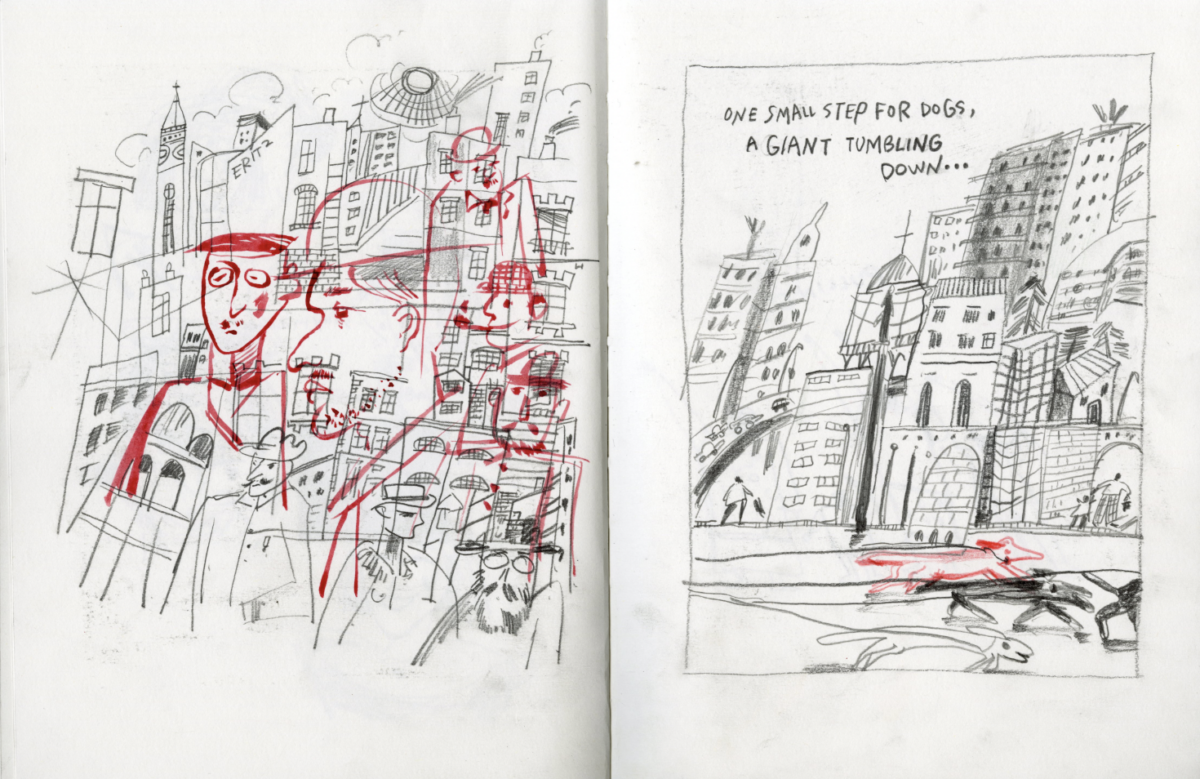
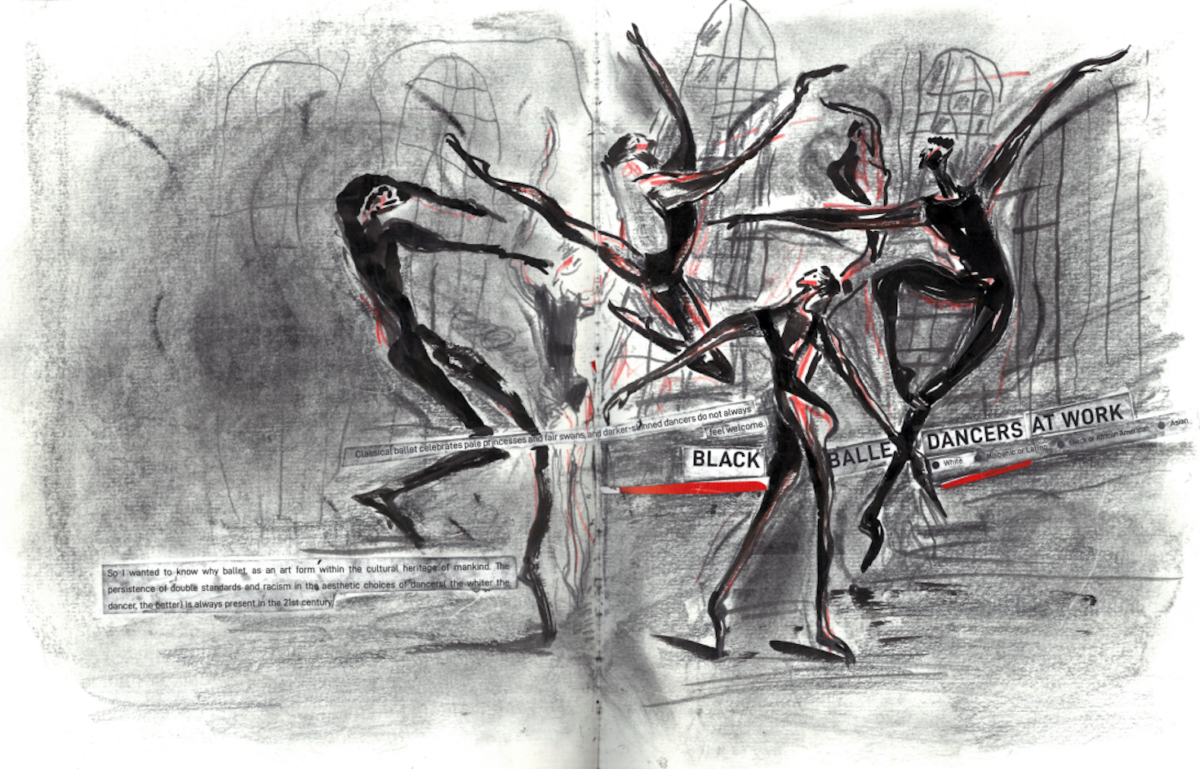
Q: Was that something that drew you to illustration in the first place – that people had preconceived ideas of it?
I wouldn’t say I was necessarily drawn to it. It was a fairly happenstance thing. I was drawn to illustration not because of its associations, but because of the joy of storytelling, visual problem-solving, and personal expression. Preconceived ideas may play a role later, but they weren’t necessarily the starting point.
On the subject of looking back, a lot of your work does reflect on your surroundings or take into account how it impacted you. A big part of that is black and red colour, which I love. At what point did you take these colours as your main expression?
This is an excellent question. Interestingly, I didn’t intentionally set out to explore preconceived ideas through illustration. It began somewhat by chance in 2020 when I created a series of prints using red and black, chosen instinctively based on the subject matter. However, after completing that series, I found myself naturally incorporating these colours into my drawings.
This connection likely stems from my background. Growing up in China, red has always held significant cultural importance in my life. For example, in traditional Chinese calligraphy and painting, artists often use a red seal to mark their work, subtly affirming their identity. Meanwhile, black feels deeply familiar—it mirrors the ink used in traditional Chinese art, as well as the natural colour of my hair and eyes. Together, these colours evoke a strong personal resonance for me, making them an organic choice in my creative process.
As an immigrant, cross-cultural storytelling plays a significant role in your daily life and work. In your view, what are the key distinctions between Chinese and British cultures?
Chinese culture tends to be more tolerant and collectivist, which can sometimes result in less encouragement for radical artistic expressions. In contrast, the UK embraces radicalism, offering space for individuals to express themselves freely and welcoming diverse art forms. As an immigrant, I am in the process of learning and adapting to a new cultural system. I feel that London offers a broader platform and a variety of perspectives, which inspire me. I hope to bridge the gap between the West and China through my work. The concept of “harmony in diversity” is deeply rooted in Chinese tradition, and I believe there is always something valuable to learn from every cultural system.
How do you navigate the risk of misinterpretation when injecting humour into illustration, and what do you hope viewers take away from your work?
That’s a thoughtful question. I don’t really concern myself with viewers misinterpreting my intentions. If someone doesn’t fully understand the meaning, I see it as part of how they engage with or interpret the work. Many elements in my drawing don’t have clear meaning, and I often intentionally make them nonsensical.
This reflects the complex emotions and confusion in my mind. Ultimately, I want each viewer to experience the work in their own personal way. A great example that illustrates this is a book I published in 2021, which aimed to teach older people how to navigate a cashless society. I used humorous illustrations to explain the history of money. Surprisingly, readers were able to understand most of the punchlines in my jokes. It was a big challenge for me, especially since I come from another part of the world, and I wasn’t entirely confident when I first took on the task. However, I realised that visual storytelling can sometimes create a shared experience, no matter where we are from.
